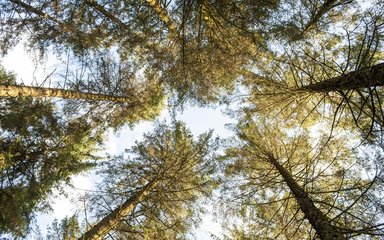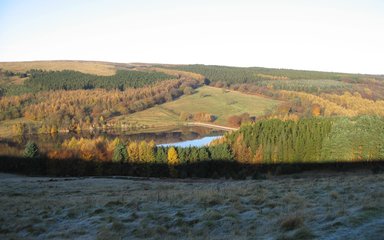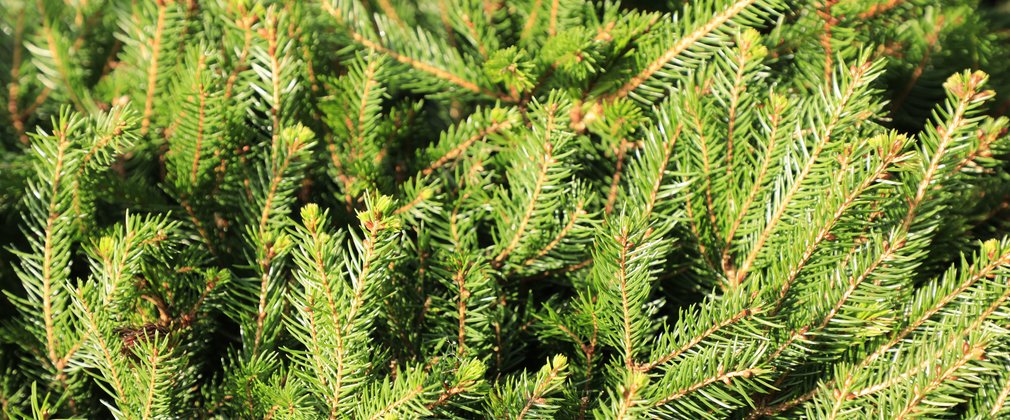
The Norway spruce is well-known as a traditional Christmas tree, found in many homes during December. Early in the twentieth century it was widely planted for timber, but later replaced by Sitka spruce. Norway spruce is one of the most widely-used softwood trees in Europe.
Norway spruce facts and figures
- This species is a European native commonly found in northern and central Europe.
- Norway spruce (Picea abies) can grow to 40 metres and live for 200 years.
- The use of spruce as a Christmas tree is thanks to Prince Albert, who had one decorated at Windsor Castle in 1841.
- They typically grow for around six years before being cut for Christmas trees.
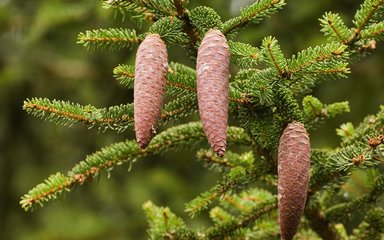
Norway spruce identification tips
Heading out into the forest? Here are some top things to look for when trying to spot Norway spruce:
- bark: smooth and grey-brown with a hint of rust.
- needles: pointed and green, standing on tiny pegs.
- cones: long, cylindrical brown cones hang pointing down.
- shape: the tree itself is cone-shaped.
How Norway spruce is used
Most recognisable as a Christmas tree, Norway spruce has tough and elastic timber, known as ‘white deal’. It is used for internal building work, as well as for making boxes and paper.
In the past its resin was used as a source of turpentine and 'pitch', a kind of tar used for waterproofing wooden ships and vessels. Its twigs can even be used for making spruce beer.
The sound-transmitting properties of the wood make it ideal for violin parts, and Norway spruce timber is sometimes known as ‘violin wood’.
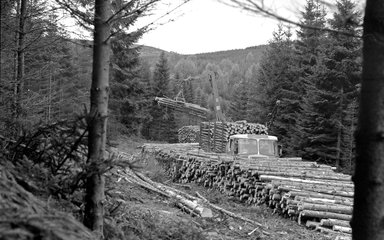
Norway spruce and future forestry
In the past, Norway spruce was planted on some ancient woodland sites cut down during the Second World War. We're committed to removing plantations on ancient woodland sites and continue to restore our native woodlands.
Where suitable, Norway spruce is becoming more commonly planted for timber again as it has a higher drought tolerance compared to Sitka spruce, making it more suited to our future climate.
A long-term trial in Delamere Forest is studying Norway spruce trees growing from seeds sourced in 16 different European locations, to find out which are most resilient to future conditions. Trials are important for ensuring the trees we plant will thrive 50 years from now, and continue to provide a source of sustainable timber for the future.
Norway spruce is also considered a useful 'nurse' tree for growing between stands of young oak. Alternating rows of the two species can encourage oaks to grow up straight and produce excellent quality oak timber.

